Flamingos and Me: Perspectives in Pink Aesthetics
A flamingo photography experience exploring connections to the color pink.
Behind the Story Podcast (Click Below) Flamingos and Me: Perspectives in Pink Aesthetics
WHEN I was an adolescent and younger woman, the color pink never interested me. Pink meant princesses and girly things; it was predictably feminine, and contradictory to who I was at the time: tomboyish, athletic, free to follow my own blueprint and social rules. As a result, and in complete opposition to pink, I was yellows, blues, reds, blacks, whites, browns, and beige. I was anything but pink.
And yet, after decades of internal dialogue, grappling with perceptions of ego and misconceptions of pink, I finally saw the blush-colored hue for what it was: soft, earnest, delicate, graceful, nurturing. Through acceptance, though, came gratefulness, but every so often, I questioned the boundaries and confines of pink. I questioned its domestication – its restraints. I thought about pink’s prevalence, expectations and stereotypes. Even further, and indeed a stretch, I wondered if succumbing to pink, in some reality, was surrendering to the ‘dreaded’ gender norms.
Of course it wasn’t. And if it was, so what?
Pink, as a color, is neutral. But as a symbol, it takes on whatever designation a person or culture so chooses. And after spending time with, and photographing, flamingos, I discovered a rosy focal point of truth: pink is not only beautiful and abating, it is nature’s gift to us. From diamonds, birds and flowers to sunsets and sand, pink is wildly savage – and truly – sophisticated.
Flamingos are not born pink. They become pink. Once a fledgling fully emerges from its shell, feathers are a mix of white and gray and legs are little, dark-colored stubs. As they begin to mature, and consume nourishment rich in yellow or orange pigments, called carotenoids, eventually, young flamingos turn pink. This is a process, however, perhaps even deliberately slow, that can take years.

When the transition to pink is complete, flamingos take on different shades depending on how much, or how little, carotenoids they consume. Good health and a high quality body will show brighter, and more vivid, pinks. The brighter and more vivid – and arguably more beautiful – the better chance at successful mating. In regards to procreation and proliferation of the species, and in reference to flamingos specifically, nature does not negotiate. It wants the best, the brightest–– the pinkest.

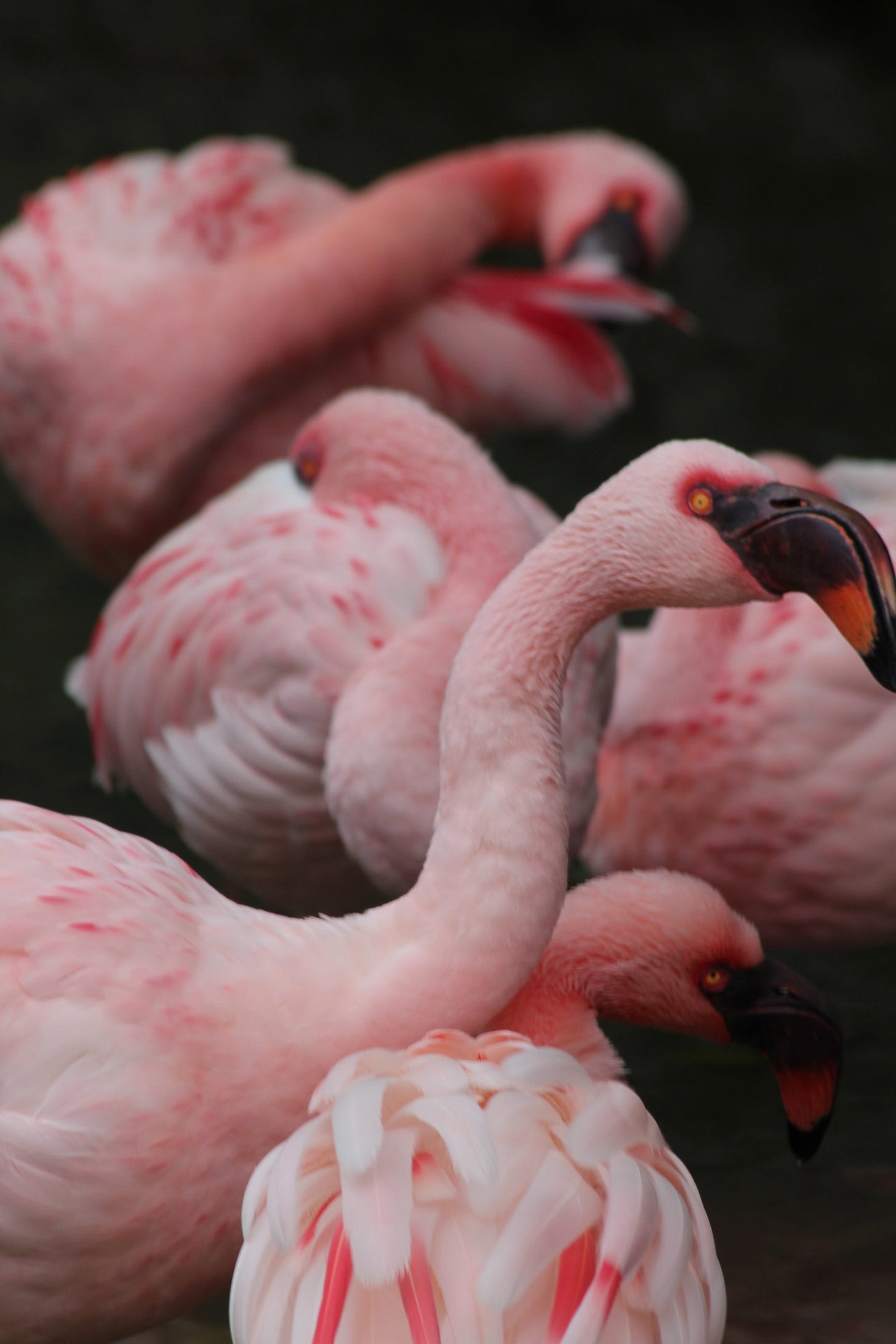
For all the emphasis on pink- colored plumage, diet, and sexual selection, researchers have discovered yet another piece to the pigmentation puzzle: abrasion and staining. As if food-induced pink feathers weren’t enough, both male and female flamingos purposely colorize themselves using driblets of carotenoid pigments produced by the preening gland, suggesting a cosmetic makeup enhancement, which scientists say, has everything to do with mate choice and ‘looking good.’
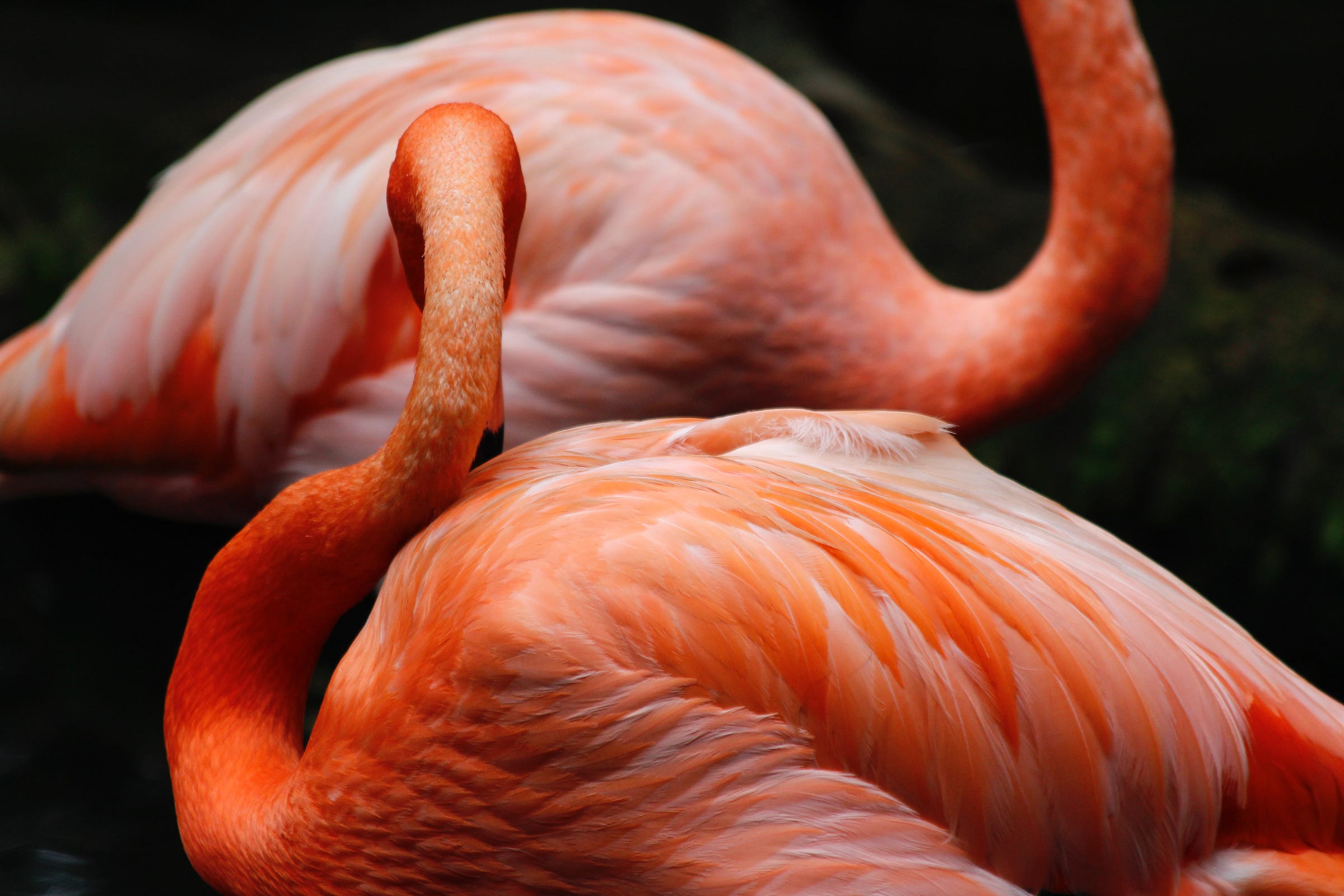

While male and female physical traits do show distinct differences, specifically in size and stature, the color pink is not exclusive to either sex. And neither is it exclusive to feathers. Flamingo skin, mucous membranes, egg yolks and body fat are also stained pink. Even crop milk, the nutrient-rich food fed to fledglings – though not exactly pink, but in the same color family – is a deep shade of red.
It’s only when a flamingo stops eating the carotenoid foods like crustaceans when their color can shift back to much lighter pinks or even white. This can also happen during and immediately after breeding season when, scientists claim, a large portion of the food they ingest goes directly to their young, and the show-stopping pigment is, in a way, transferred from one to the other.
When I first began photographing animals and nature back in 2017, my collection of images seldom went pink. But as my fascination with flamingos and other pink birds such as spoonbills intensified, I grew to appreciate and even obsess over the color, from lighter rosy shades to the electrifying and bright fluorescents.
Pink, in all its brilliance and magnetism, is a force in nature. I’m regretful I didn’t see that sooner.
Behind the Story Podcast: Flamingos and Me: Perspectives in Pink Aesthetics
Listen now (5 min) | THE NEIGHBORLY FLORIDA is a reader-supported publication. To receive new posts and support my work, consider becoming a free or paid subscriber.



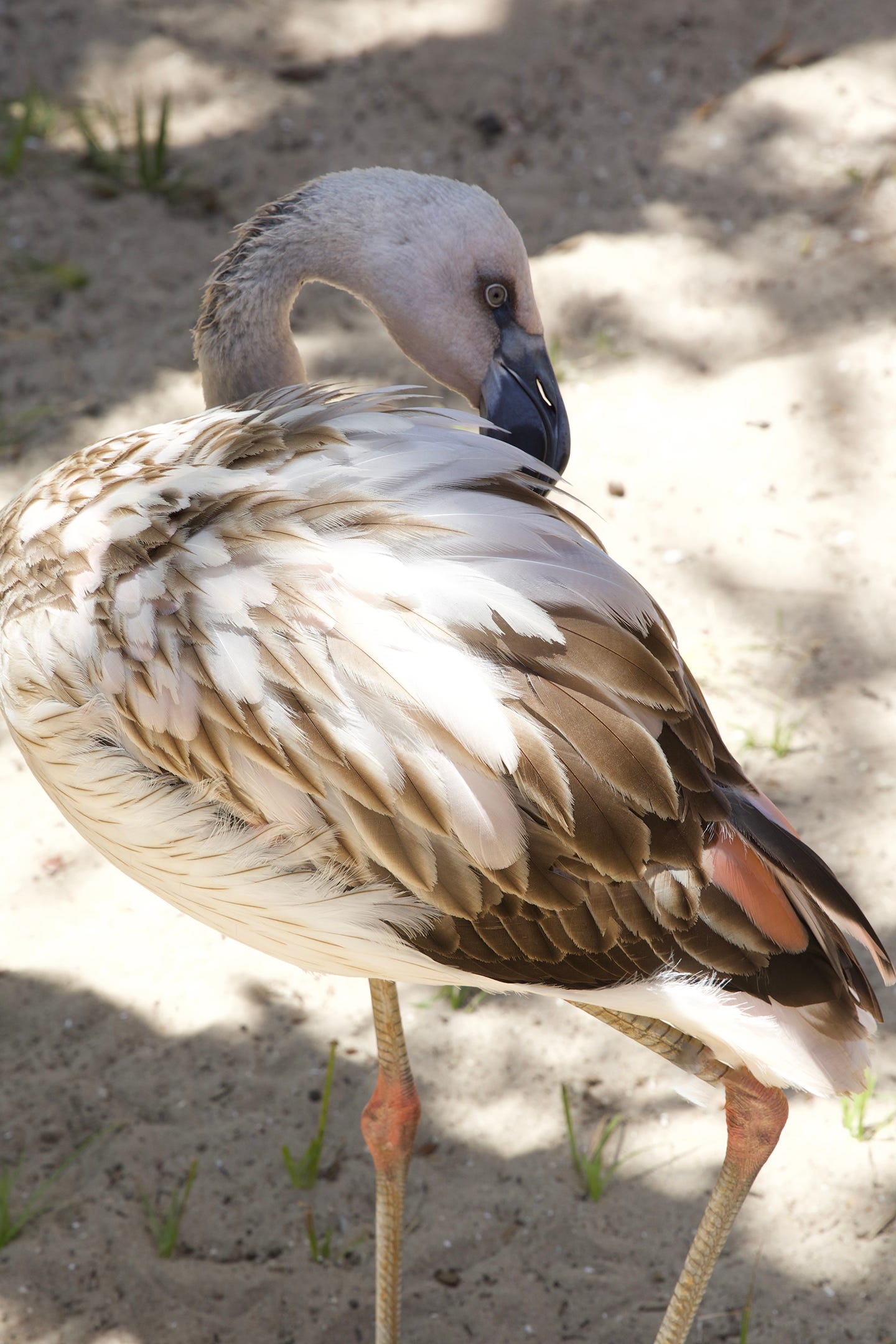
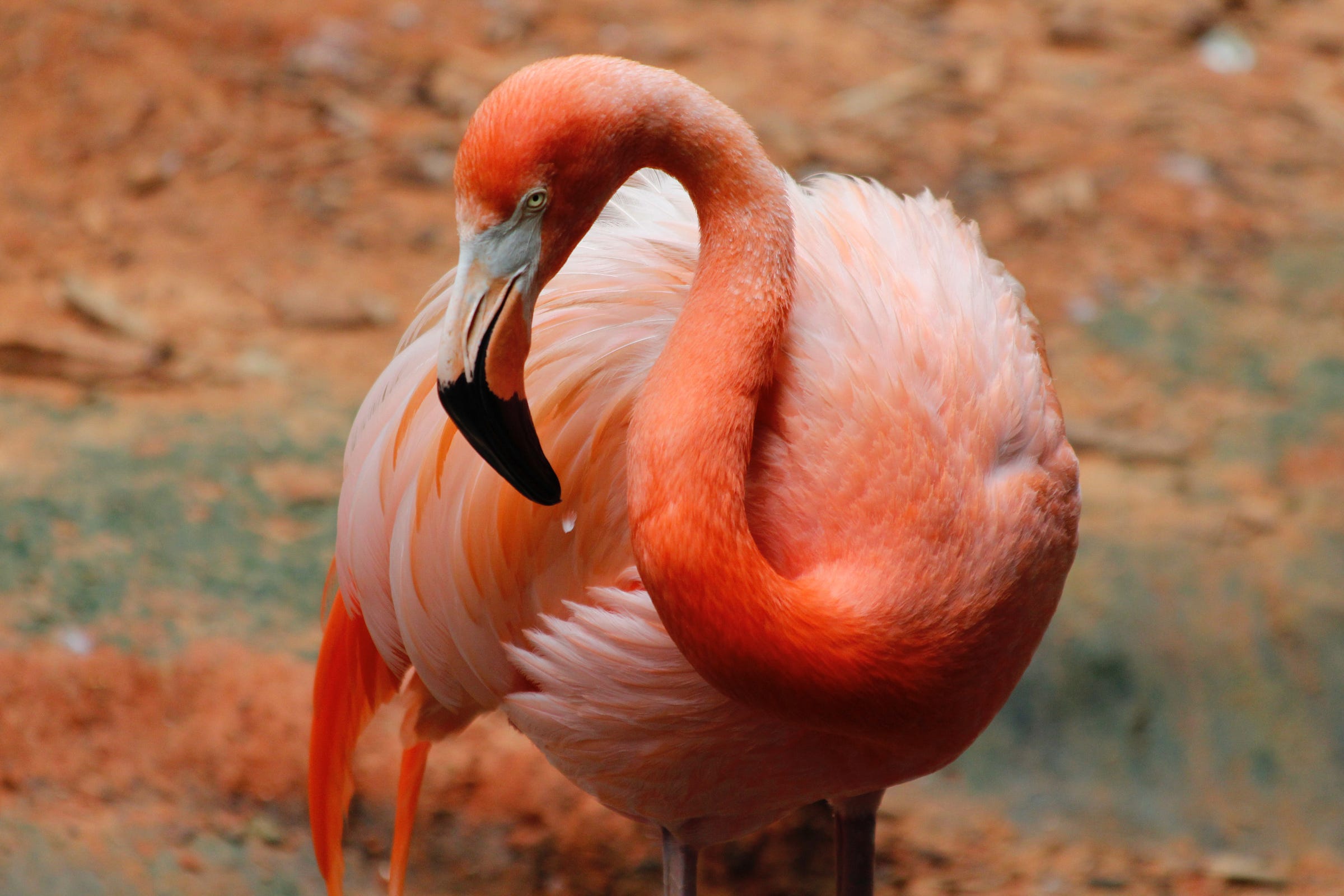
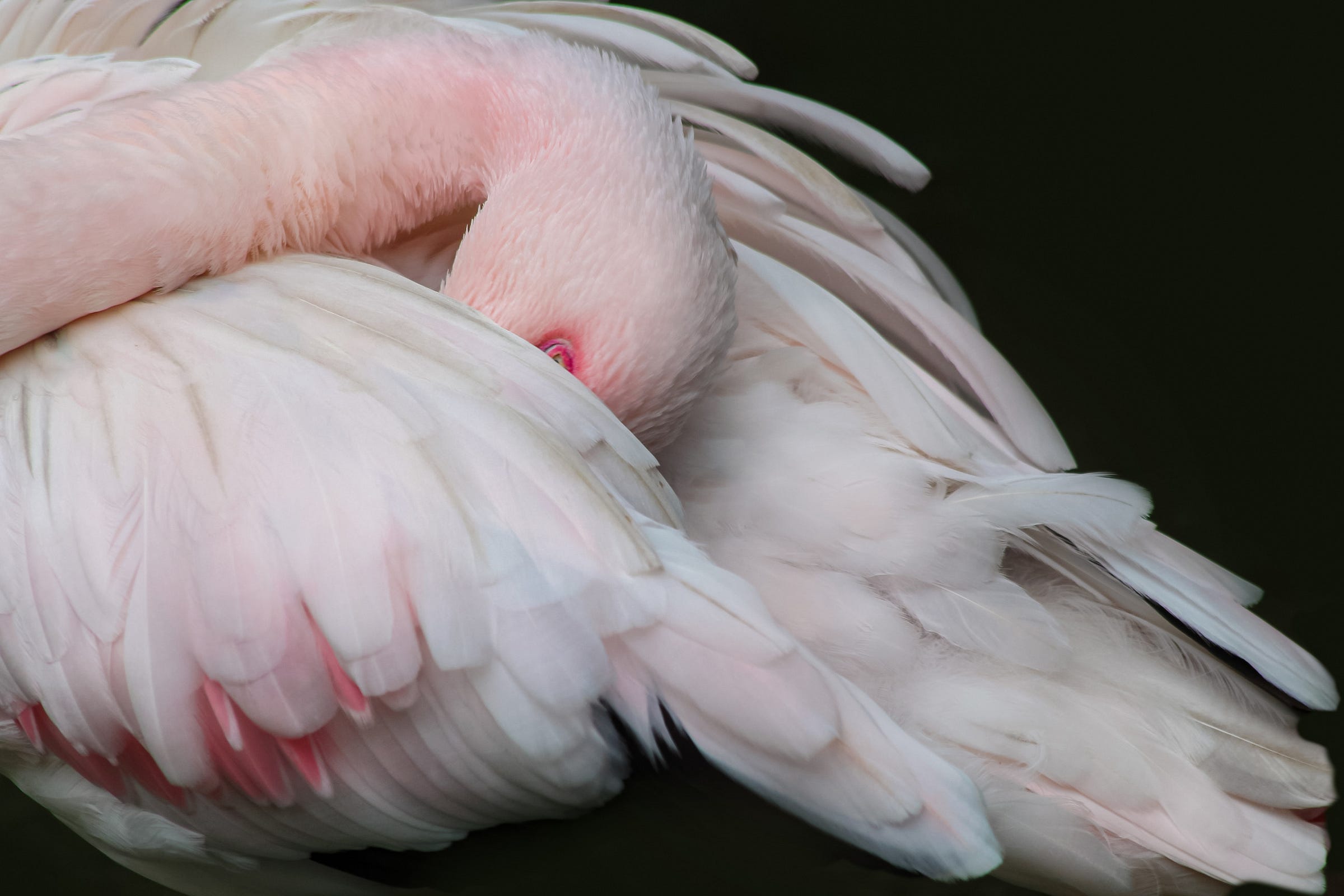

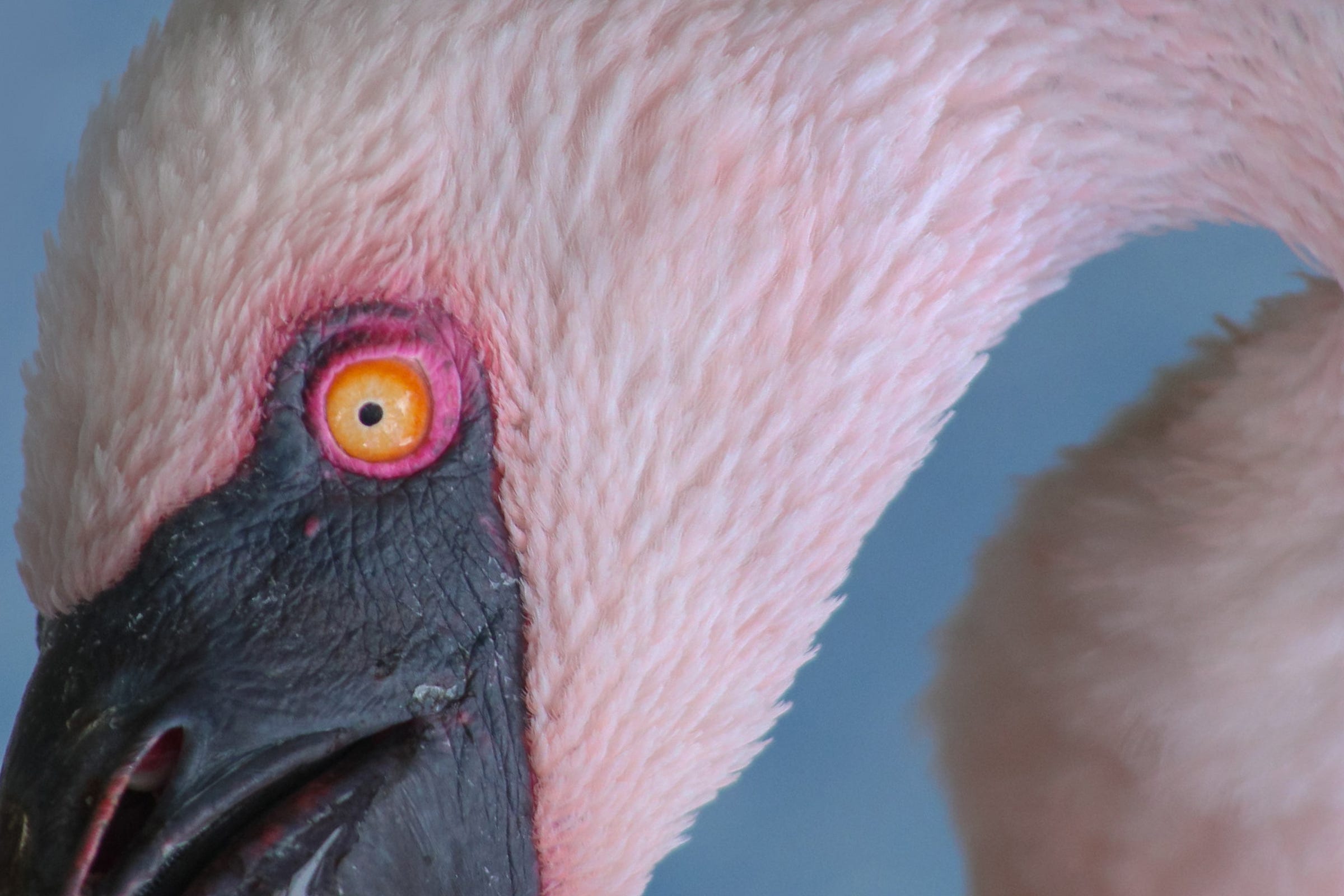

Fantastic photos and very interesting and informative write up!
Really wonderful, very absorbing to read.